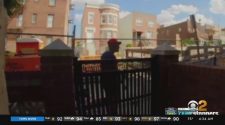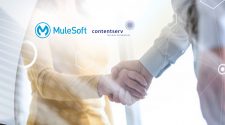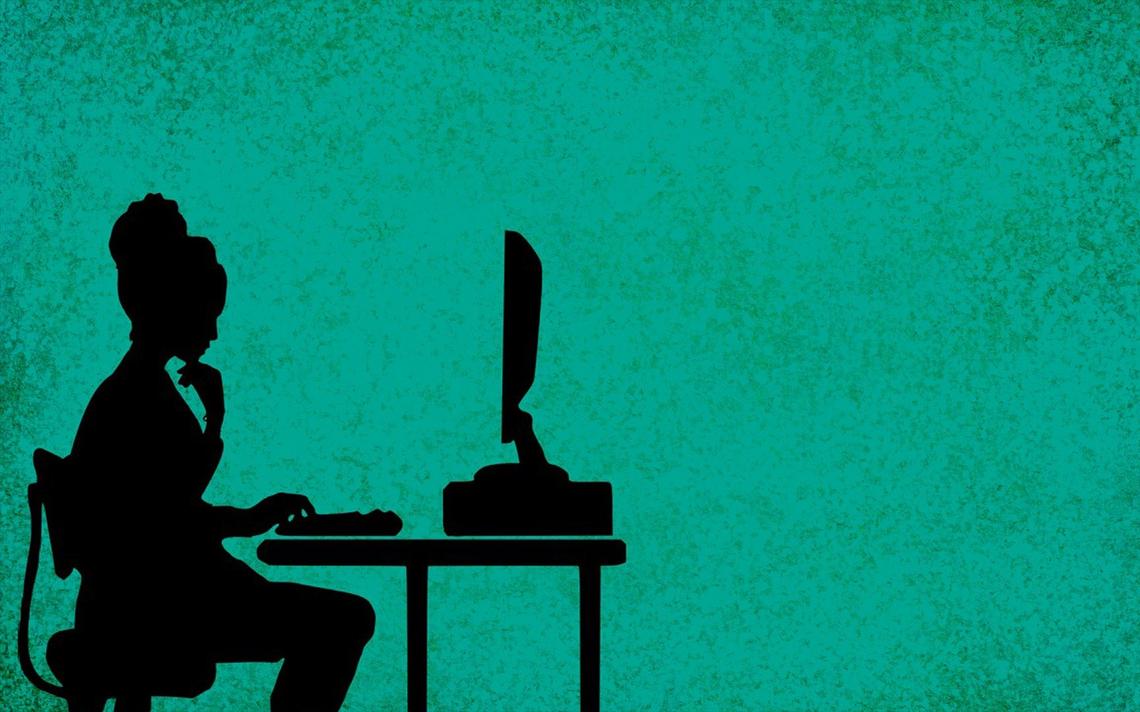“We have isolation, boredom, and then extra money being given out and nowhere to spend it,” the founder and director of Recovery is Happening said.
She said personal connection is the best way to guide someone through the storm.
RELATED: COVID fuels challenges for drug, alcohol recovery
“With that connection comes accountability, and without that accountability piece, it’s easy to be stuck in your own thought process and not be honest about what is happening,” she said.
The threat that isolation poses has led Recovery is Happening to maintain all its outpatient services and operate its group homes throughout the pandemic.

Tiffany Hunsley
“We have never stopped doing face-to-face contact with our individuals,” she said, noting that COVID-19 precautions have limited sizes for in-person gatherings.
Martin E., who has struggled with alcohol and narcotic use in the past, said online meetings lack the needed connection.
“It’s so impersonal. It really is,” said the Cronin Home resident who asked to not use his last name. “You don’t know if your point is coming across with your needs and wants.”
Nikki Svoboda, Cronin Home administrative assistant, said she has seen residents struggle with online meetings, often sharing a single phone screen to attend.
“The biggest complaint I hear about that is that nobody can hear what is going on,” she said, pointing to background noises and activity.
Cindy I., another Cronin Home resident, said she’s had her own struggles with online meetings that have had people drop out unexpectedly or stalled meetings altogether.
At the same time, she said she’s had success with meetings held by phone.
“It was kind of cool because everyone would talk about what their problem was … and you hear people’s voices,” she said, noting she was attending the meetings three times a week before finding a bed and support at the Cronin Home.
It highlights the fact that technology has offered mixed results.

Monique Bourgeois, chief community relations officer for Nuway, which operates Rochester inpatient and outpatient recovery programs, said a study with the University of Minnesota has been looking at the effectiveness of in-person counseling and services through telehealth options.
“The people that had a mix of telehealth and in-person are seeming to have the best outcomes,” she said, pointing out the findings are extremely preliminary.
She said the results could point toward a need for mixed services in the future, especially in rural areas where seeking help or attending group meetings can result in the need to spend more time traveling than getting help.
Shawn Mintey, a senior social worker with Olmsted County’s adult behavioral unit, said the technology can also connect people with groups based on specific cultural or personal needs, which might be hard to find locally.
“There are some access points that are beneficial,” she said, adding that younger people also might be more comfortable initially engaging online.
“I think it’s a silver lining of COVID in some ways, because it’s opened it up to more people,” she said.
Still, everyone agreed that face-to-face options will continue to be needed to help establish personal connections that can encourage accountability and the creation of community.
Tom Truszinski said that’s why Adult and Teen Challenge sought to restore its local in-person group meetings and other services.
““We are finding we need to step into this,” the Rochester director said of providing the face-to-face options.
















